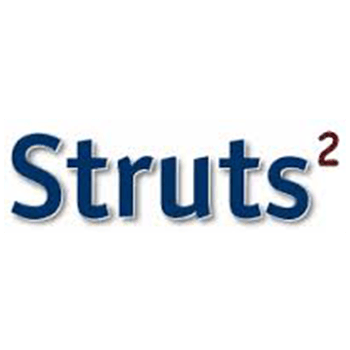JAVA Frameworks

Hibernate
Hibernate is a middleware used for object-relational mapping and for performing efficient object persistence.
To understand about the architecture of Hibernate, let's first take a look at how Hibernate fits in the development of an application, between an application and the database server.
A Java application code comprises of all the classes that define the business logic of application. These classes communicate with the Hibernate.

Spring
Spring is a light weight modular framework. It was developed by ROD Johnson in 2003. We can develop J2EE application easily through the spring framework because of its POZO model.
We can develop a different type of Java applications form Console level application to enterprise level applications through spring framework. It provides support to the various framework such as Hibernate, Struts, EJB and so on.
Spring framework contains many modules and these modules are grouped into Data/Access Integration, Web, AOP, Aspects, Instrumentation, Core container, Test.

Struts
Struts framework helps for developing the web based applications. Struts java framework is one of the most popular framework for web based applications.
Java servlet, JavaBeans, ResourceBundles and XML etc are the Jakarta commons packages used for accomplishing this purpose.
This is an open source implementation of MVC pattern for the development of web based application.

Grails
This particular web framework is regarded as a dynamic tool enhancing engineers’ productivity due to opinionated APIs, sensible defaults as well as Convention-over-configuration paradigm.
Seamless Java integration makes this particular framework one of the top choices for hundreds of programmers worldwide.
A suite of powerful features such as Spring-powered dependency injection, varied plug-ins offer everything needed to create modern web-based apps.
